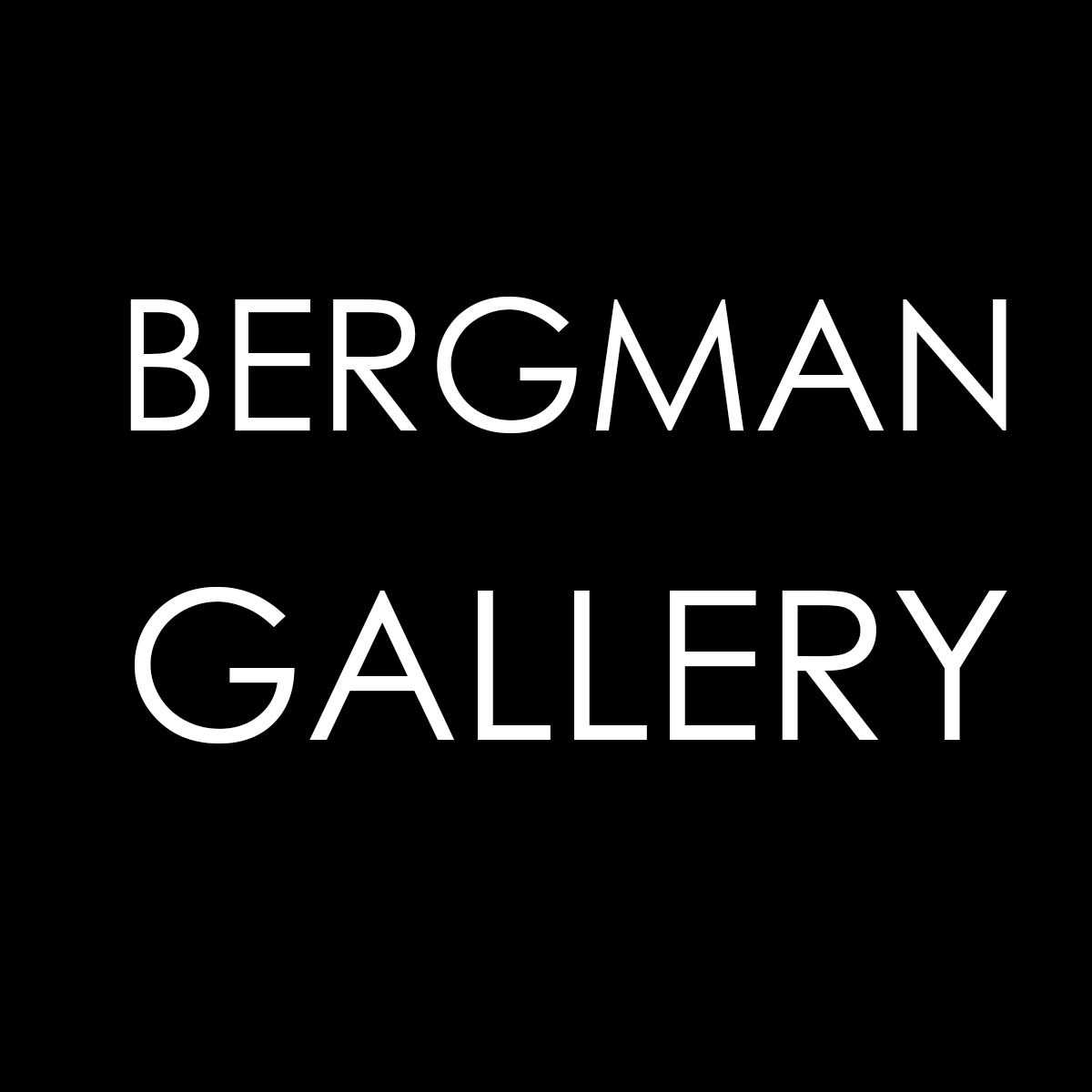Confronting times can often prompt the need to escape to an elevated, alternative reality, a world of strength, courage and heroism, one that promises a wealth of joy, happiness, fulfilling our every need and expectation. Although a self constructed, almost fictitious world, it can fundamentally serve as a guiding beacon, in the endeavour to reconcile unrelenting issues and challenges.
Opening Speakers:
Garth Henderson, Financial Secretary, Ministry of Finance & Economic Management
Mahiriki Tangaroa, Artist
Mahiriki Tangaroa’s In a Perfect World emerges as a deeply reflective response to the Covid-19 pandemic—a period of uncertainty, isolation, and existential questioning. Conceived in early 2020, the exhibition’s thematic and visual direction underwent a profound transformation as the global crisis unfolded.
This collection functions as a visual archive of an evolving state of being, capturing moments of contemplation, disconnection, and resilience over a five-month period. Rather than articulating definitive conclusions, Tangaroa presents fragments—glimpses into a personal and communal process of adaptation. In doing so, her work resists the impulse to impose closure on an ongoing historical rupture. Instead, each portrait becomes an open-ended meditation, embodying the uncertainties of the time and inviting viewers to navigate their own interpretations.
The exhibition’s title, In a Perfect World, is an ironic nod to the fragility of ideals and the human tendency to romanticize past states of being. The phrase evokes a utopian vision—an imagined, perhaps unreachable, equilibrium. Within the context of the pandemic, it speaks to the disconnect between expectation and reality, to the dissonance between the world as we once conceived it and the one that now unfolds. Tangaroa’s exploration of this notion is neither nostalgic nor wholly mournful; rather, it acknowledges the disillusionment of broken plans while insisting on the necessity of optimism in uncertain times.
Tangaroa’s previous work has frequently drawn on Polynesian ancestral narratives, emphasizing interconnectedness and the transmission of cultural knowledge. Traditionally, her paintings have been populated with groups of figures—symbolic gatherings that speak to the strength of communal identity and shared heritage. In In a Perfect World, however, she turns toward the individual, shifting focus from collective memory to singular experience. Each portrait encapsulates an isolated presence, reflecting the psychological and emotional weight of separation, an experience that became a defining condition of the pandemic.
This shift mirrors a broader reconfiguration of social structures during the crisis. The communal modes of interaction that shape Polynesian identity—gatherings, ceremonies, shared spaces were interrupted, replaced by a pervasive sense of distance. Tangaroa captures this transition, not with explicit references to illness or catastrophe, but through a subtler, more introspective engagement with presence and absence. Each figure exists within its own space, disconnected from others, their isolation heightened by the absence of familiar communal markers.
The works in In a Perfect World resist the impulse to provide definitive answers. They do not document the pandemic in a conventional sense, nor do they offer a singular narrative of loss or resilience. Instead, they engage with uncertainty as a lived condition, mirroring the unanswerable questions that permeated daily life during this period. What happens now? is the refrain that underpins these works—a question that remains open-ended, resisting resolution.
Yet, central to the exhibition is an insistence on optimism. While the works acknowledge isolation, they do not dwell in despair. Instead, they explore the psychological landscapes of solitude, illuminating the ways in which uncertainty can coexist with hope. The figures, though alone, do not appear abandoned; rather, they stand as testaments to endurance, to the quiet strength required to navigate upheaval.
In this way, In a Perfect World extends beyond a documentation of the pandemic—it becomes a meditation on human adaptability, on the tension between disillusionment and the persistent desire for stability. Tangaroa’s portraits offer no guarantees, no definitive resolutions, but in their quiet assertion of presence, they remind us that even in fractured times, the capacity for resilience endures.


